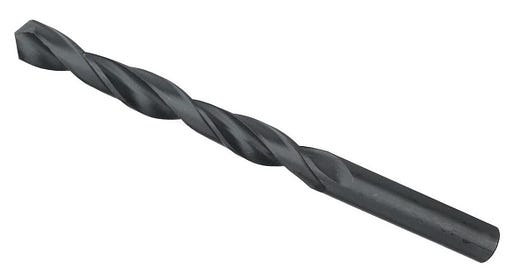Over the years, I’ve used many different styles of drill bits, both purchased and modified by me. Here's a rundown of the various woodworking bits and why I like or dislike them.
First, I want to clarify the difference between machinist bits and woodworking bits. Machinist bits are the standard twist bits commonly available in stores. These are designed for metal, not wood, and don’t perform well in woodworking.
They tend to tear fibers on the entry and exit and because they lack a center spur, they wander on the wood’s surface when drilling at an angle. They are useful in woodworking inside centering bits for hardware installation or when drilling into end grain—situations where the knickers on woodworking bits aren’t necessary. But without a center spur, these bits can still drift when starting the hole in end grain.
Woodworking bits, on the other hand, have a center spur and usually feature knickers that score around the circumference of the mortise. These include brad point, Forstner, auger, and spade bits.
The Bismarck bits I’m going to show how to grind perform beautifully without knickers, probably because they are razor sharp. I’m not going to cover spoon bits or other antique types because they are difficult to maintain and don’t offer much practical advantage, although some traditionalists might disagree.
You can buy quality brad point bits, but they are expensive—especially in larger sizes, if you can find them at all. Often, the lead spur isn’t much longer than the knickers, which limits their ability to drill at an angle. These bits are also difficult to maintain or modify, so most people won’t bother. And heaven forbid you drop one—they’re fragile.
I really like Forstner bits. If they were a bit easier to sharpen (especially the knickers), had a longer center spur (for better angled drilling), and didn’t wander in the hole (again, better on a drill press), I’d probably use them more often. They cut beautifully when sharp. Unfortunately, their price is also a limiting factor.
Keep reading with a 7-day free trial
Subscribe to Peter Galbert's Chair Notes to keep reading this post and get 7 days of free access to the full post archives.






